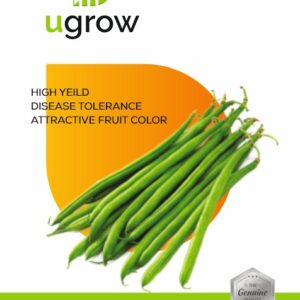Sponge gourd, also known as luffa or ridge gourd, is a warm-season vegetable with edible young fruits. These gourds are known for their sponge-like interior when mature, and they are commonly used in culinary dishes. Here’s a guide on how to grow sponge gourd:
Growing Conditions:
- Sunlight:
- Sponge gourd plants require full sunlight. Plant them in an area that receives at least 6 to 8 hours of direct sunlight daily.
- Soil:
- Well-draining, fertile soil is ideal for sponge gourd. Loamy soil enriched with organic matter is suitable. Ensure good drainage to prevent waterlogging.
- Temperature:
- Sponge gourd is a warm-season crop. Plant seeds or seedlings after the last expected frost date in your region. It thrives in temperatures between 70°F and 95°F (21°C to 35°C).
Planting:
- Seeds:
- Directly sow sponge gourd seeds in the garden. Plant seeds about 1 inch deep and space them about 3 to 5 feet apart.
- Support:
- Consider providing support for the vines. Sponge gourd plants can be trained to grow vertically, saving space and making harvesting easier.
Care Tips:
- Watering:
- Keep the soil consistently moist throughout the growing season. Water at the base of the plants to avoid wetting the foliage.
- Fertilizing:
- Use a balanced, all-purpose fertilizer at the time of planting. Side-dress with fertilizer when the plants start flowering.
- Mulching:
- Apply a layer of organic mulch around the base of the plants to conserve soil moisture, suppress weeds, and maintain an even soil temperature.
Pruning:
- Prune excess lateral vines to encourage upward growth and better air circulation. This can help prevent diseases.
Harvesting:
- Timing:
- Harvest sponge gourd fruits when they are young and tender, usually around 50 to 70 days after planting.
- Technique:
- Use a knife or scissors to cut the fruits from the vine. Harvest regularly to encourage continuous production.
Pests and Diseases:
- Keep an eye out for common pests like aphids and spider mites. Sponge gourd is generally resistant to pests, but monitor and treat as needed.
- Diseases such as powdery mildew can occur, especially in humid conditions. Proper spacing and good airflow can help prevent disease issues.
Growing sponge gourd at home can provide you with fresh and tender vegetables. Adjust the guidelines based on your local climate and conditions for the best results.















Reviews
There are no reviews yet.